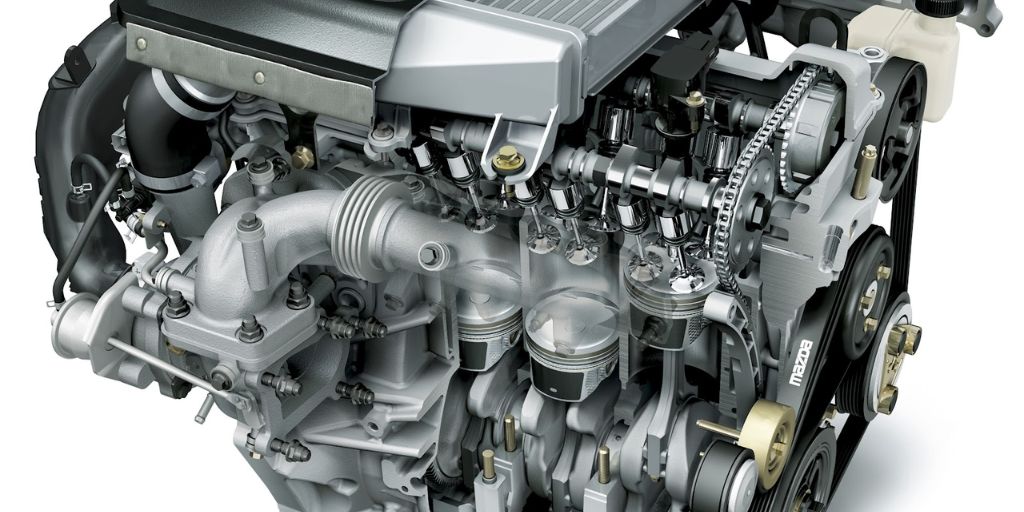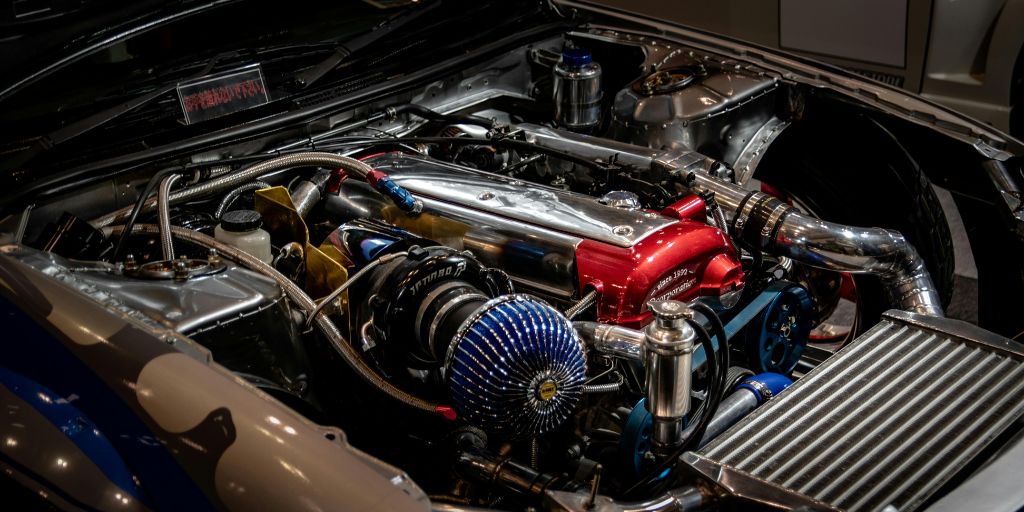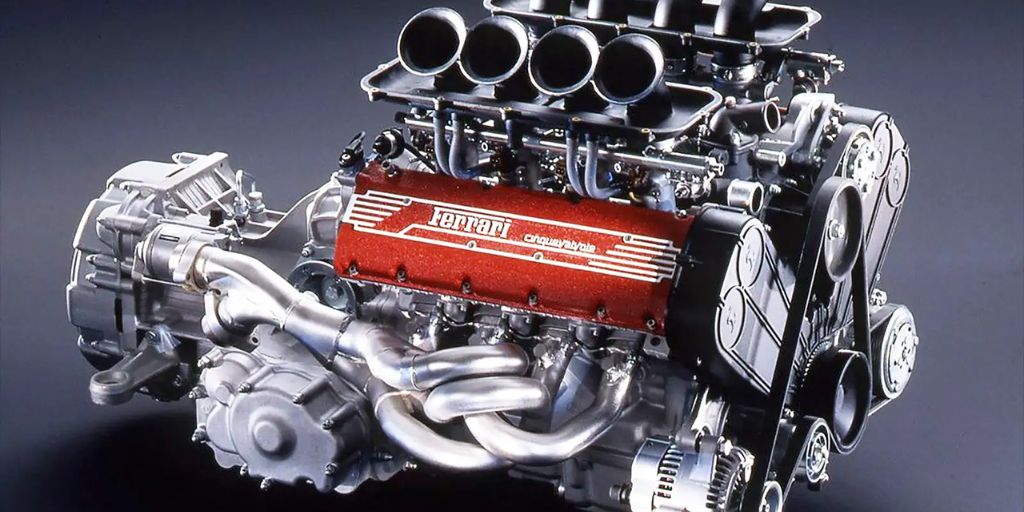In the world of automotive reliability, a few stories stand out, but none quite as astonishing as that of the 1.2 million-mile engine. For most car owners, the idea of keeping a car running smoothly for a decade or two is considered a triumph.
However, the story of one family that managed to drive their engine for 1.2 million miles is not just a testament to a well-maintained vehicle, but also a showcase of what happens when durability, care, and regular maintenance come together in perfect harmony.
This article delves into the incredible journey of how one family drove the same engine over 1.2 million miles, the factors that contributed to the engine’s longevity, and the lessons that can be learned from their experience.
It also explores the role of the vehicle’s engineering, the importance of preventative maintenance, and how technological advancements in automobile manufacturing have made stories like this one possible.
Also Read: 5 Cars With the Best Factory Warranties and 5 That Leave You Hanging
1. The Family’s Journey: The Early Years
The story begins in the early 1980s, when the family first purchased a Toyota Land Cruiser, a rugged 4×4 vehicle renowned for its durability and ability to handle harsh conditions.
This specific Land Cruiser was equipped with a 4.2-liter inline-six engine that had a reputation for reliability, even in the most challenging terrains.
From the outset, the family took excellent care of the vehicle. Unlike many car owners who only seek out mechanics when things go wrong, they made a proactive commitment to regular maintenance and minor repairs before issues could snowball.
They adhered to an oil change schedule, maintained the cooling system meticulously, and replaced the timing belts at regular intervals. All of this, paired with careful driving, laid the groundwork for what would become an extraordinary example of vehicle longevity.
A Relationship with the Vehicle
Over time, the family developed a relationship with the Land Cruiser that went beyond simply being a means of transportation. It became an integral part of their daily lives and an essential tool for their outdoor adventures and business needs.
As the miles mounted, they viewed the vehicle not just as a machine but as a trusted companion.
Their preventative maintenance practices included careful attention to the vehicle’s fuel system, spark plugs, and engine belts. These routine checks, alongside frequent fluid flushes and proper storage during off-seasons, were instrumental in ensuring the engine kept running smoothly year after year.
2. The Role of Preventative Maintenance: Importance of Regular Oil Changes
One of the key factors in the longevity of the engine was the family’s commitment to regular oil changes. Oil is the lifeblood of an engine, keeping it lubricated and free of harmful contaminants that can cause wear and tear over time.
The family adhered to strict oil change intervals, even when the engine had accumulated hundreds of thousands of miles.
Regular oil changes not only ensured the engine was running smoothly, but they also provided an opportunity to inspect other components of the vehicle.
During each oil change, the family would look for signs of wear or potential issues, such as leaking gaskets or excessive carbon buildup in the engine.
This proactive approach helped them address problems early before they could escalate into serious mechanical failures.
Attention to Cooling Systems
The cooling system is another often-overlooked aspect of engine longevity. Overheating is one of the leading causes of engine failure, and the family made sure to keep the radiator, coolant levels, and thermostats in optimal condition.
They replaced the radiator hoses at regular intervals and flushed the system to remove any debris or rust buildup that could restrict the flow of coolant.
By maintaining a healthy cooling system, the family ensured that the engine never operated at dangerous temperatures. This not only preserved the integrity of the engine but also contributed to the vehicle’s overall fuel efficiency and performance.
Timely Repairs and Replacement of Components
In addition to routine maintenance, the family was diligent about replacing parts before they reached the end of their useful life. Timing belts, water pumps, and alternators were all replaced at regular intervals, even if they seemed to be working fine.
This preventative repair strategy helped the family avoid major breakdowns and kept the engine running smoothly for an extended period.
They also replaced the fuel injectors and spark plugs periodically to ensure the engine’s combustion process remained efficient. This attention to detail meant the engine was always performing at its best, even as it passed the 500,000-mile mark, then the 1 million-mile mark, and beyond.
3. Why Toyota? The Engineering Behind the Land Cruiser’s Longevity
The choice of the Toyota Land Cruiser for such a high-mileage journey was not by accident. Toyota’s Land Cruiser series has long been known for its robust engineering and ability to handle challenging environments, including extreme heat, cold, mud, and rugged terrain.

The inline-six engine was designed for longevity, with a focus on simplicity and ease of repair. Unlike modern engines that rely heavily on computerized systems and complex components, this engine was relatively straightforward, making it easier to service and maintain.
The frame and chassis of the Land Cruiser were also designed for strength and durability, allowing it to withstand years of abuse without significant structural damage.
With a reputation for holding up in off-road conditions, the Land Cruiser became the ideal choice for a family that wanted to use the vehicle for everything from daily commuting to outdoor adventures.
Engine Design and Materials
Toyota used high-quality materials in the construction of its engines, contributing to their long-lasting durability. The iron block and forged steel crankshaft were designed to endure high levels of stress over time, a crucial factor in the vehicle’s ability to reach over 1 million miles.
The multi-stage piston rings and advanced sealing technology also helped reduce internal friction, ensuring that the engine would continue to perform at a high level of efficiency even as the miles added up. These features, combined with excellent craftsmanship, played a key role in the engine’s ability to withstand the years of service.
4. The Role of Driving Habits
While regular maintenance was undoubtedly a key factor in the Land Cruiser’s longevity, the family’s driving habits also played a role. They were conscious of how they drove, avoiding aggressive acceleration, hard braking, and unnecessary idling.
By driving conservatively they minimized the stress on the engine and transmission, extending the overall lifespan of the vehicle.
Additionally, they were mindful of the weight loads they carried. Overloading a vehicle places significant strain on its engine, transmission, and suspension.
The family understood the importance of respecting the vehicle’s weight limits, which helped keep the engine running smoothly for longer periods.
Maintenance of the Exterior and Interior
The family didn’t just focus on the mechanical aspects of the vehicle—they also made sure the exterior and interior were well-maintained.
Regular cleaning and waxing prevented rust and corrosion, particularly in areas prone to salt exposure, such as during winter months or in coastal environments.
The family was diligent about protecting the body and frame of the Land Cruiser, which ensured the vehicle remained in excellent condition for the long haul.
5. The Significance of the 1.2 Million-Mile Milestone
Reaching 1.2 million miles is no small feat, and it highlights the extraordinary durability of the Land Cruiser’s engine and the commitment of the family to maintaining it. Few vehicles on the road today, even with the most advanced technology, can claim such a feat.
This milestone serves as a symbol of what can be achieved when engineering excellence meets meticulous care and attention to detail.
The Lessons Learned
The story of the 1.2 million-mile engine offers valuable lessons for car owners everywhere. First and foremost, it underscores the importance of regular maintenance.
Preventative care, such as oil changes, coolant checks, and part replacements, can make all the difference in the long-term health of a vehicle.
It also reinforces the idea that driving habits matter. By being mindful of how a car is driven and avoiding unnecessary wear and tear, a vehicle can reach impressive milestones of longevity.
6. The Importance of Custom Modifications and Adaptations
One aspect of this family’s incredible story is the use of custom modifications and upgrades that supported the vehicle’s long-lasting performance.
While the Land Cruiser’s stock components were certainly well-built, the family took proactive steps to make sure the vehicle could handle the demanding conditions it faced on a daily basis.
For example, the family upgraded the fuel system to ensure it was functioning at peak efficiency. Over time, fuel injectors and filters were upgraded to reduce carbon buildup and improve the combustion process.
They also installed aftermarket air filters to provide better air filtration and prevent dirt and debris from entering the engine, ensuring that it could continue running cleanly even in dusty or off-road environments.
These small but significant upgrades helped to ensure the engine ran optimally, reducing strain on the components.
A more efficient fuel system, along with cleaner air, allowed the engine to maintain its performance over the years, making it less prone to buildup that could eventually cause issues.
Transmission and Drivetrain Care
The family also paid close attention to the transmission and drivetrain, which are crucial components of any vehicle’s long-term reliability. Over the years, they made sure to check the transmission fluid regularly, ensuring it was clean and free of contaminants.
They also replaced the transmission fluid at recommended intervals to prevent premature wear on the transmission gears and seals.
For the drivetrain, the family adhered to a strict maintenance schedule, replacing the drive belts and ensuring the differential was regularly inspected.
The focus on these key components ensured that the power generated by the engine was effectively transmitted to the wheels, avoiding unnecessary strain on the engine itself and extending its life.
Suspension System and Tires
The suspension system and tires were also important factors in keeping the engine running smoothly.
The family made sure to replace shock absorbers and springs as necessary, ensuring that the suspension could handle the weight of the vehicle, especially during off-road trips or when carrying heavy loads.
By ensuring the suspension was in good condition, the family minimized the impact of rough terrain and uneven surfaces, which could have placed undue stress on the engine.
Similarly, the family maintained the tires by keeping them properly inflated and replacing them when necessary, ensuring that the vehicle’s grip on the road was optimal.
7. The Impact of This Achievement on the Automotive Community
The family’s achievement of 1.2 million miles with the same engine has had a significant impact on the automotive community. It serves as a reminder that with the right care, even an older vehicle can achieve remarkable longevity.
This story challenges the modern consumer mindset that vehicles are meant to be replaced every few years and instead shows the potential for sustainable ownership and cost-effective vehicle maintenance.
Automotive enthusiasts and professionals alike often point to this story as a benchmark for what’s possible with regular maintenance and attention to detail.
This achievement has inspired many people to re-evaluate their approach to car ownership and maintenance, urging them to take more proactive steps to ensure their vehicles stand the test of time.
Influencing Future Vehicle Design
The story of such a durable engine also influences future vehicle design. Manufacturers and engineers are constantly seeking ways to improve the lifespan and reliability of engines, and stories like this push them to develop better technologies that could make vehicles even more durable.

It demonstrates that building engines with durability in mind, rather than pushing for planned obsolescence, can result in vehicles that stand the test of time.
In a world where many vehicles are designed with shorter lifespans to encourage consumer turnover, this story challenges that paradigm. It proves that a focus on quality, simplicity, and reliability can create products that customers will cherish for years, even decades.
The extraordinary journey of this Toyota Land Cruiser and its engine, which reached 1.2 million miles, represents the pinnacle of durability, engineering excellence, and responsible vehicle ownership.
From the careful and consistent maintenance to the intelligent modifications and attention to detail, this family’s dedication to their vehicle shows that longevity isn’t just about how well a car is built — it’s about how well it is taken care of.
This story serves as an inspiration for car owners everywhere, demonstrating that with the right approach, a vehicle can outlast its expected lifespan and provide a lifetime of dependable service.
It also challenges us to reconsider our attitudes toward consumption and sustainability in the automotive world, reminding us that sometimes, the best technology is the one that simply lasts.
The remarkable story of the family who drove the same engine for 1.2 million miles is an extraordinary example of how maintenance, careful driving, and durable engineering can come together to create a vehicle that stands the test of time.
While modern cars may be designed with greater sophistication and technology, stories like this remind us that old-school engineering combined with dedicated ownership can still result in astonishing feats of durability.
As vehicle manufacturers continue to push the boundaries of technology, it’s clear that stories like this one will continue to inspire car enthusiasts and owners alike to take better care of their cars and appreciate the engineering behind them.
Also Read: 5 Cars With Longest-Lasting Batteries and 5 That Constantly Need Jump Starts

